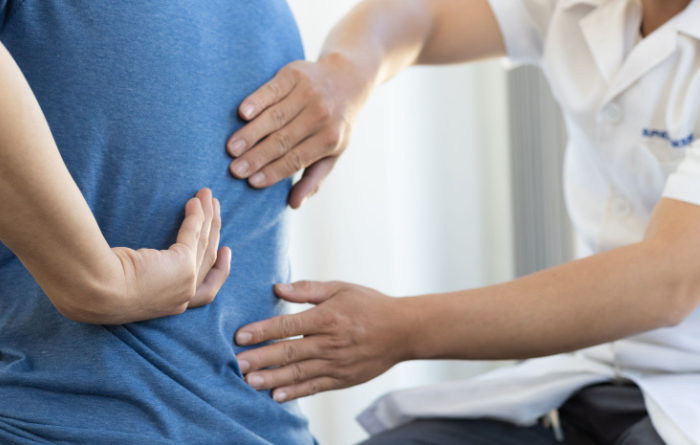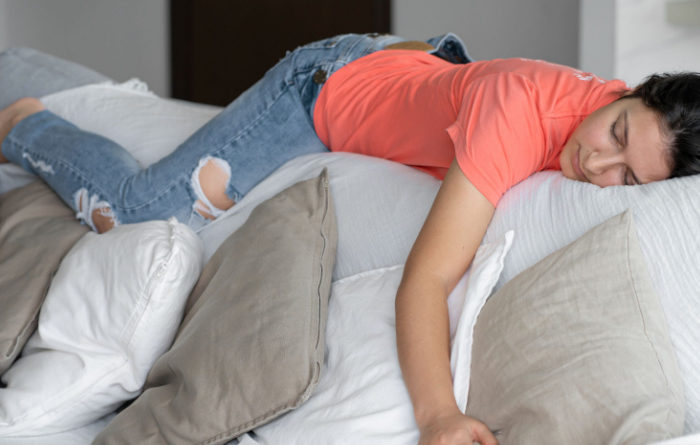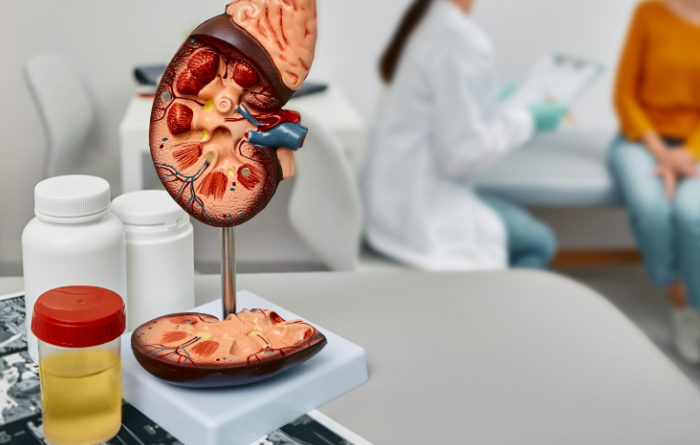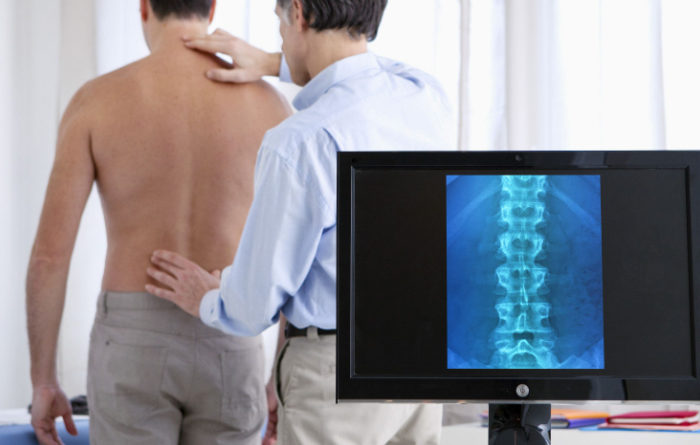How Do You Know If Back Pain Is Muscular Or Disc Related?
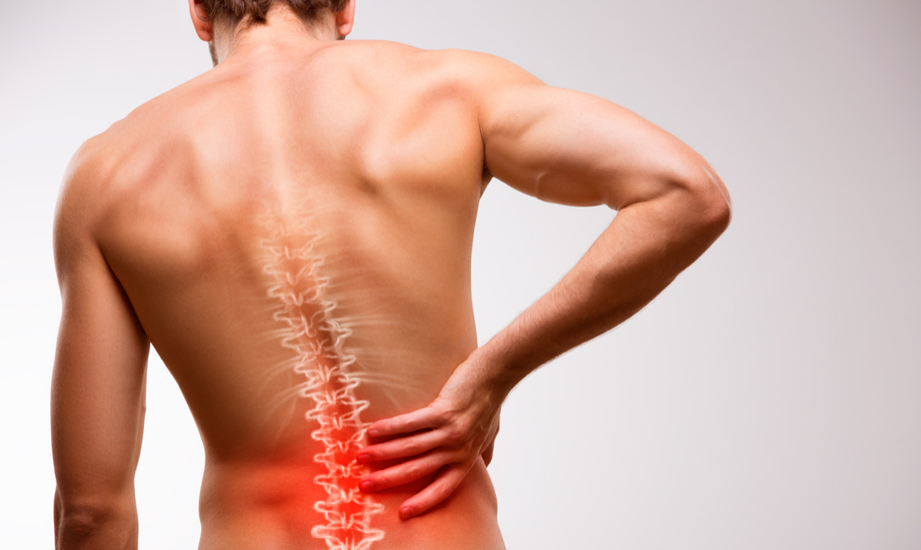
In many cases, patients with lower back pain wonder if a herniated disc is the cause of their pain, or if a simple strain in the back is to blame. Read on to find useful information that will help you distinguish between the two types of lower back pains and their causes. If you experience persistent back pain, it is always a good idea to seek medical attention!
Strains and sprains, as well as spinal disc problems, are common causes of back pain. Here’s how you can differentiate;
Muscle Strains & Sprains
Muscle strain – Direct injuries to the muscle or tendons (that attach muscles to bones) are known as muscle strains. An overstretched muscle, twisted muscle fiber, or torn muscle fiber can cause damage. Overexertion can cause this type of injury. When people who aren’t in peak physical condition play sports, lift, bend, and twist, they may develop muscle strains.
Muscle Sprain – Sprains are related to injuries of the ligaments – the tough, fibrous bands that connect the two bones and act as cushions between them. Sprains are often caused by sudden impacts, such as a fall, an impact with another player in sports, or an auto accident (whiplash injuries).
- Both sprains and strains cause back pain that is felt as dull, aching pain and usually confined to a local area. Most muscular pains are localized and don’t radiate to nearby organs.
Disc Problems
Disc problems are usually referred to as a slipped disc, ruptured disc, or herniated disc. The meniscus is the disc-like structure that separates the spinal vertebrae. These are delicate structures prone to bulging and displacement. Long-term wear and tear cause herniation of the vertebral discs and it usually involves the lower back.
Nucleus pulposus is the gel-like interior of the meniscus, which has a tough outer layer. A split or tear causes bulging of the gel in the outer layer and may lead to several characteristic symptoms discussed below;
How To Spot The Difference?
- Disk herniations tend to cause pain both when one bends forward AND when one returns to upright posture from a forward bend. Muscle sprains and strains of the back hurt less with forwarding bending, and cause more pain and discomfort when returning back from a forward bend.
- Shooting pain and numbness in one or both legs are often associated with disc problems. Muscle sprains and strains of the lower back are generally localized and don’t cause numbness or tingling.
- Walking can sometimes result in patients stubbing their toes repeatedly. This is usually due to the weakness of certain muscles in the legs and the back (muscular sprains). This causes inadequate clearance of the foot from the floor while walking.
- Bowel and bladder control may be compromised in severe cases of disc herniation. In this case, you should see your doctor immediately.
Fortunately, most disc herniations and back problems are not serious and don’t require surgical intervention. Rest, massage, over-the-counter medications, and physical therapy are all you need in most cases of back pain. However, if your pain persists, do not self-diagnose the condition and consult your doctor or physiotherapist right away.
